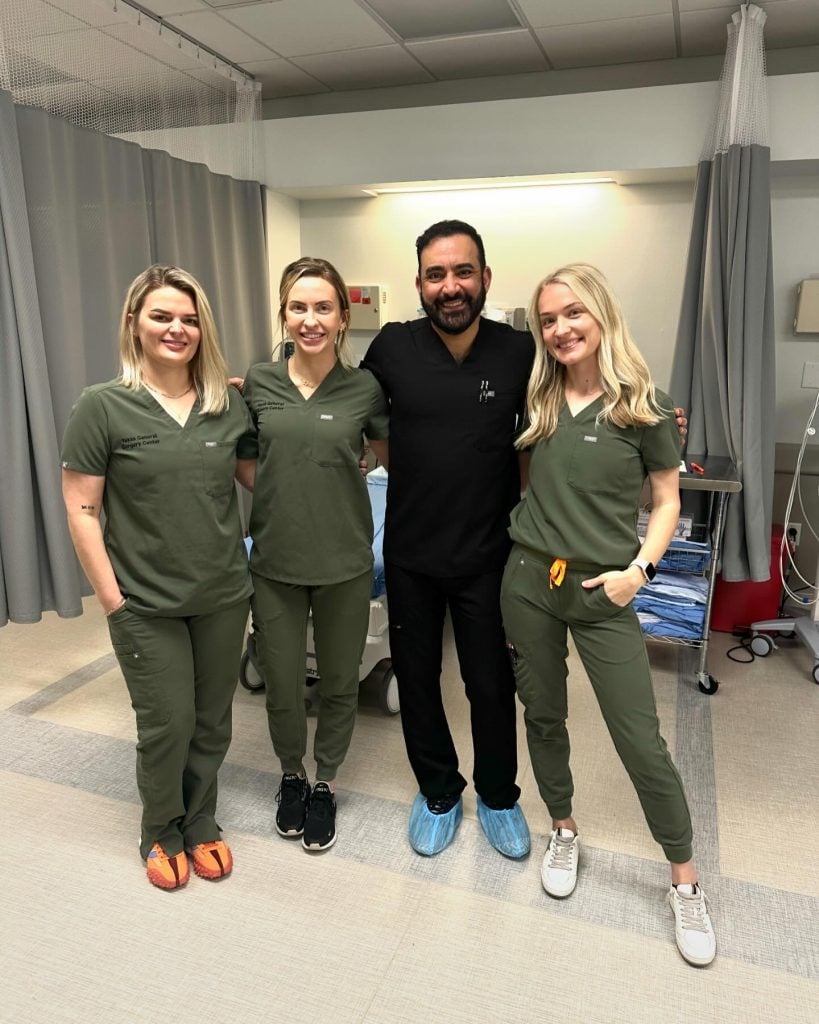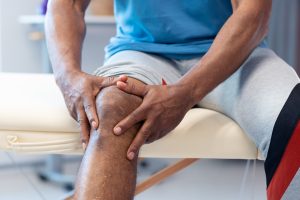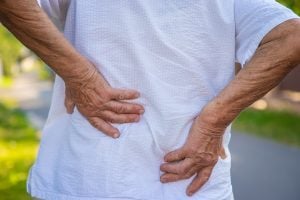Do you feel discomfort or tightness in your lower back when standing still? You’re not alone. Many people in Fort Worth, Allen, Coppell, and Garland experience lower back pain when standing, especially for long periods. Whether it’s from posture issues, spinal compression, or nerve pain, understanding the cause is the first step toward relief.
Why Your Lower Back Hurts While Standing
Standing may seem like a neutral, low-effort activity, but it can place real stress on the lower back. Here’s why:
- Poor posture: Slouching, leaning too far back, or locking your knees can strain your spine and surrounding muscles.
- Weak core muscles: Without proper support from your abdominal muscles, your lower back takes on more of the load.
- Spinal compression: Standing too long can compress the lumbar spine, especially in individuals with disc degeneration or arthritis.
- Nerve pain: Conditions like sciatica or spinal stenosis can lead to nerve irritation, making standing painful.
- Flat feet or poor footwear: Lack of arch support shifts your posture and increases lower back tension.
According to Dr. Ghalambor, internist and Harvard-trained interventional pain management specialist at NorTex Spine & Joint, “Lower back pain while standing is often a result of biomechanical imbalance. Identifying the specific cause allows us to recommend targeted, non-surgical solutions that work.”
What Experts Recommend for Relief
If you’re dealing with standing-related lower back pain, there are many expert-backed strategies that can help.
Posture Correction and Ergonomic Fixes
- Stand with your knees slightly bent and feet hip-width apart.
- Keep your shoulders relaxed and your head aligned with your spine.
- Wear supportive shoes, especially if you’re on your feet for long shifts.
- Consider posture correction therapy or an ergonomic assessment.
Physical Therapy and Strengthening
- Book lower back pain consultation with a licensed physical therapist.
- Try exercises that build core strength and improve spinal stability.
- Regular stretching—especially hamstrings and hip flexors—can reduce tension.
Supportive Devices
- Buy lumbar support brace to reduce spinal pressure when standing.
- Use anti-fatigue mats at workstations to reduce strain on joints.
Professional Treatment Options
- Request spinal decompression therapy for disc-related pressure relief.
- Schedule spinal assessment near me to evaluate any structural issues.
- Find chiropractor for lower back pain for manual adjustments.
- Nerve pain specialist appointment may help if sciatica or stenosis is involved.
- Get physical therapy for back pain to build a long-term recovery plan.
Dr. Ghalambor adds, “At NorTex Spine & Joint, we customize each treatment plan based on the root cause of pain. For some, it’s a matter of posture. For others, nerve-related conditions may require more specialized care like image-guided injections or regenerative therapy.”
When to Seek Medical Help
If your lower back pain:
- Persists beyond a few days
- Gets worse with standing still
- Radiates down your leg
- Comes with numbness or tingling
…you should schedule an evaluation. Ignoring these symptoms could delay proper treatment and lead to chronic problems.
You can find back pain relief services near me across Fort Worth, Allen, Coppell, and Garland at NorTex Spine & Joint Institute. Our specialists are trained to detect the real cause and help you return to standing, walking, and moving without pain.
Transparency Statement: While NorTex Spine & Joint provides specialized care, many reputable clinics offer similar treatments. Always seek multiple opinions before deciding on treatment.
Want help today? Book a lower back pain consultation or schedule your spinal assessment near you—your relief could be just a few steps away.
Additional Resources:
https://www.mayoclinichealthsystem.org/hometown-health/speaking-of-health/7-common-low-back-pain-faq
https://www.webmd.com/back-pain/what-helps-with-lower-back-pain







